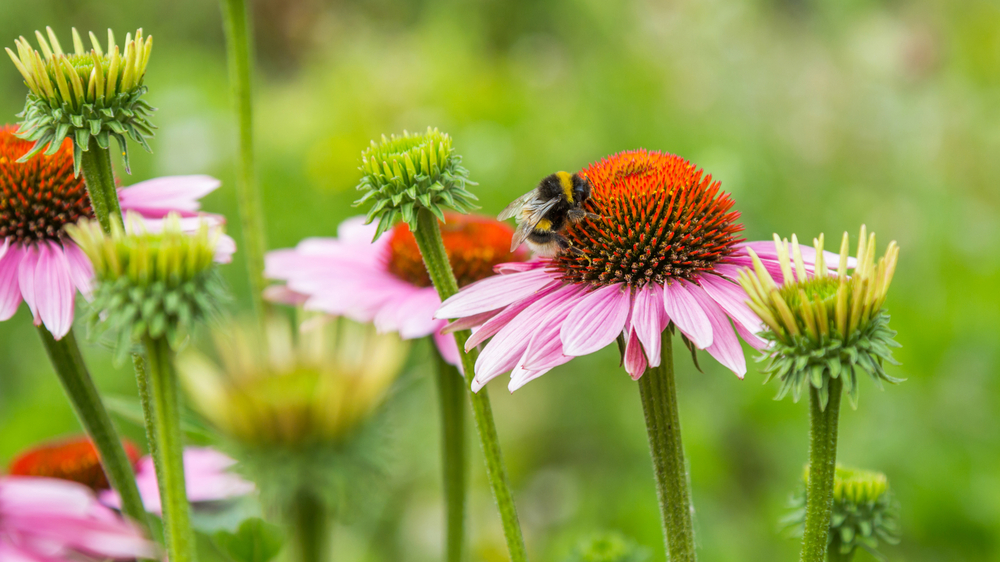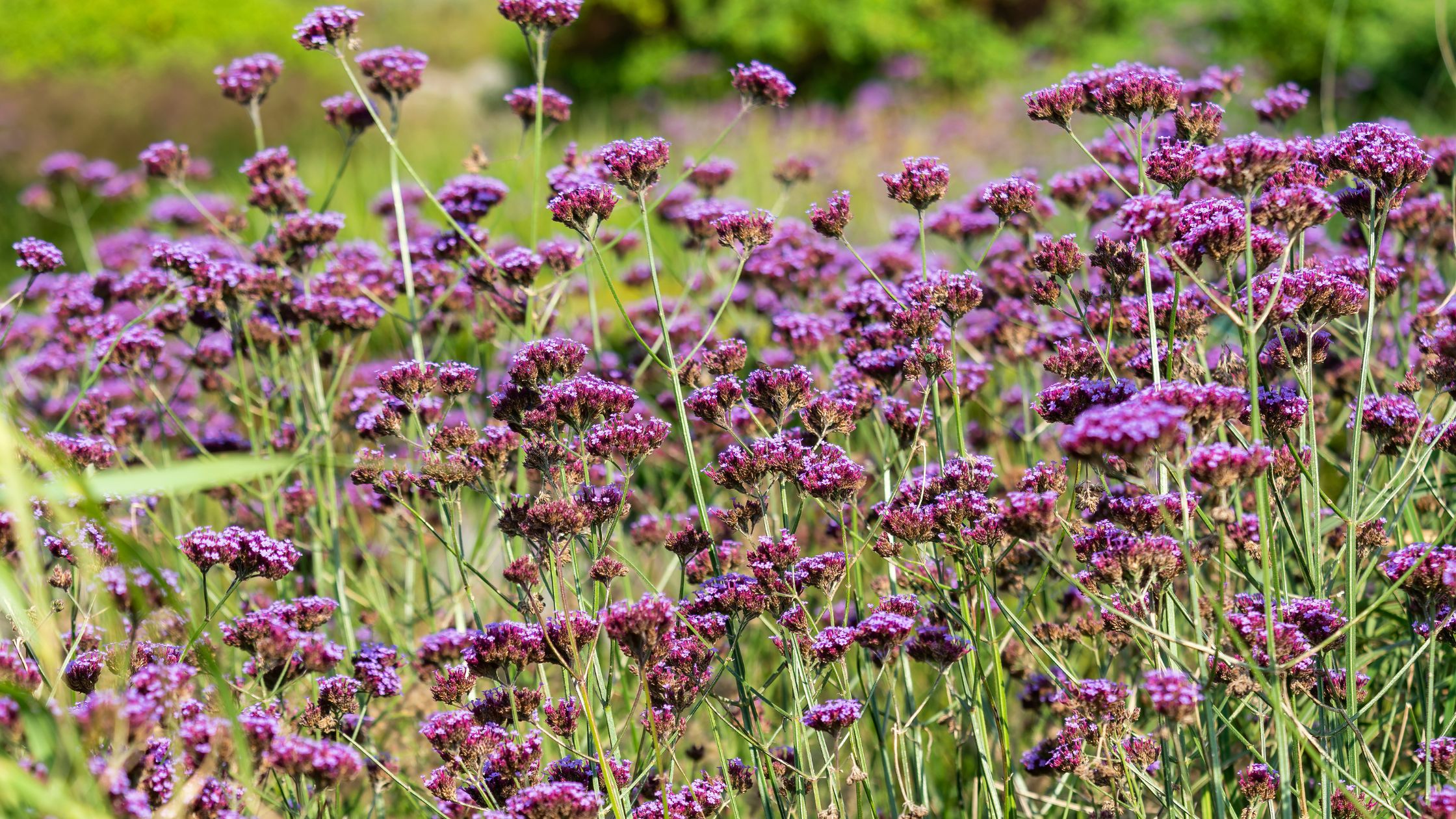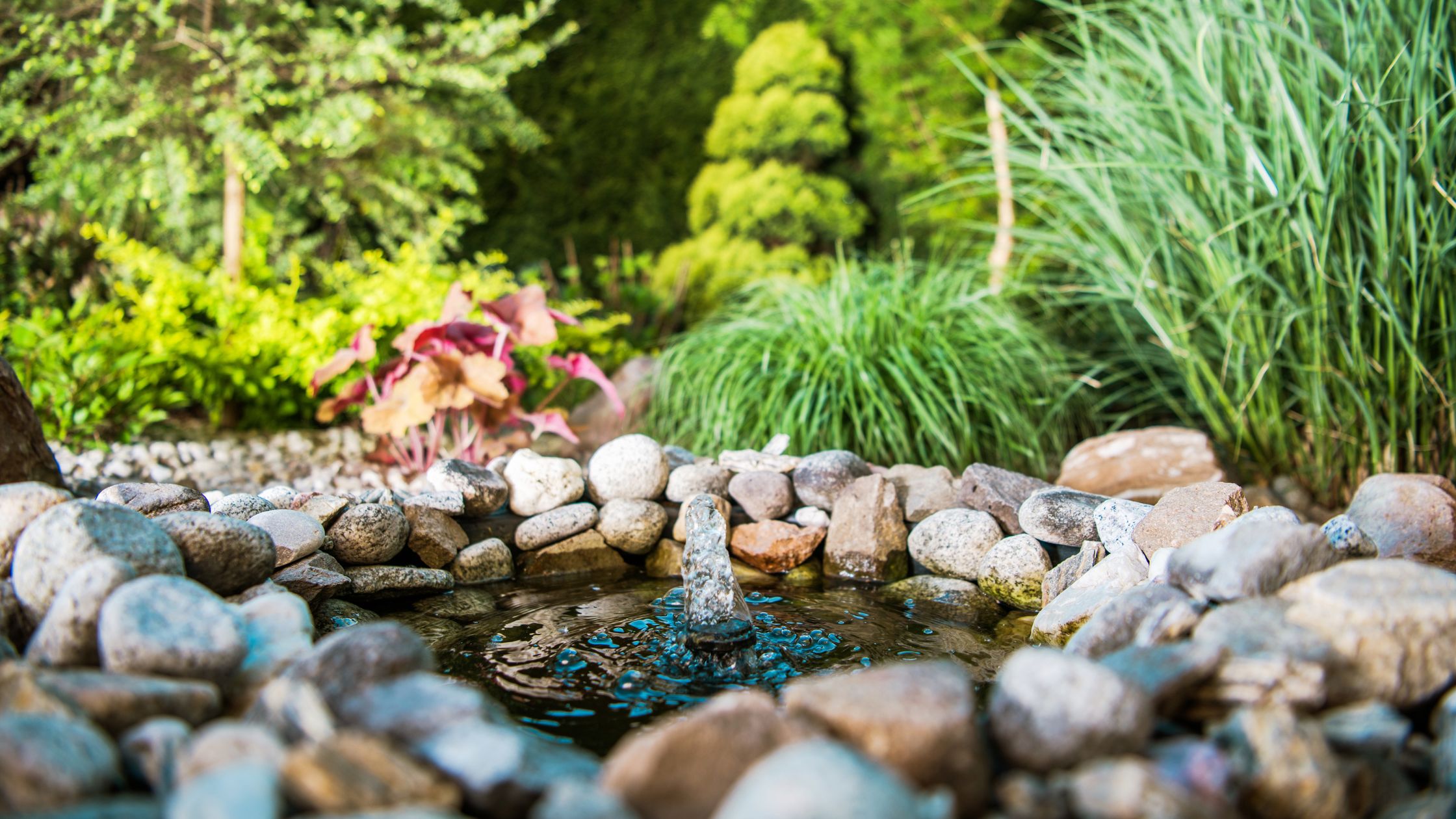Posted by Shannen Godwin on 17th Jun 2021
6 Ways to Create a Wildlife Garden

Who doesn’t enjoy seeing butterflies and bees in the garden? There has been a decline in British wildlife populations in recent decades, with studies stating a decrease of up to 60%, but there are ways to combat this issue in our very own gardens.
With these simple steps, it couldn’t be easier
making your outdoor space attractive to pollinators, birds and mammals. Here
are our easy tips for creating an effective wildlife garden.
1. Choose the Right Flowers
A large selection of wildlife garden favourites are an excellent source of pollen and nectar for bees, butterflies, moths, and other insects. Here’s just a small selection of our favourite nectar-rich summer blooms to attract an array of pollinators.
A cluster-forming perennial. This easy to grow plant blooms with stunning tiny pink flowers that are adored by butterflies and bees. Great for borders.
A cheery sight for summer. These golden yellow
flowers are a beacon of joy for pollinators. They also make perfect cut flowers
for the home!
Image: Verbena bonariensis
A versatile, dwarf shrub. These fragrant Lavender bushes can be enjoyed en-masse as ground cover or as container centrepieces. A well-loved plant by pollinators.
Otherwise known as Foxgloves, these are the perfect pollinator plant for the summer garden. This mixture provides a variety of colours, producing a sensational display.
An award-winning summer favourite. Produces bold purple clusters on slim, tall stems. A must-have for the border, where it will attract pollinators in droves. 
2. Plant Bird-Friendly Shrubs
Some shrubs can provide a diversity of food and shelter that will certainly attract a range of birds, such as greenfinches. Plant wildlife-friendly shrubs and watch as the number of feathered visitors in your garden will grow each year.
3. Create a Space for Shelter
A pristine lawn may look pretty but they do nothing for nature. Add a pile of old rocks, bricks, and tiles in a quiet corner of your garden to provide a sanctuary for many species of insects and small mammals and encourage biodiversity.
4. Set up Bird Feeders
No matter what season we’re in, a bird seed feeder is such a quick and easy way to help your local feathered friends. If you’re feeling crafty, you can build your own from scratch. Try upcycling food tins or plastic bottles (a great activity for kids!), then pile on a variety of food (peanuts, seeds or fat balls) to give your gardens a boost of life.
5. Add a Water Feature
Liven up any dull space in the garden with a pond. A small, ornamental pond is easy to build yourself and is a great way to attract a variety of wildlife creatures to the garden. If you don’t have the space to build a pond, large pots or upturned bins work too!
6. Start Composting
Not only is composting a great way to lower your household waste, it is also an excellent source of food for wildlife! The community of mini beasts who live among the waste help the decaying process, and in turn, these beasts are a delicious food source for hedgehogs and other animals.

